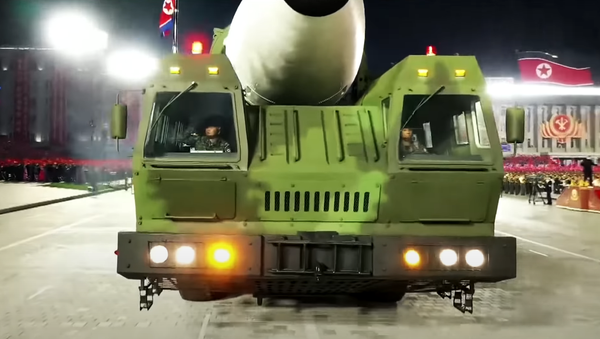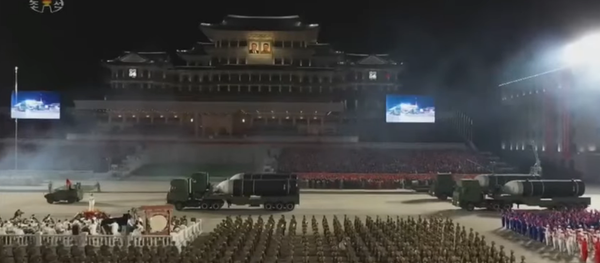The International Atomic Energy Agency (IAEA) suspects North Korea of carrying out nuclear weapons programme-related activities at an undeclared uranium enrichment facility outside Pyongyang.
“We are trying to refine what we see. For example now we are trying to fine-tune the analysis on Kangson, which is another site, as you know,” IAEA director-general Rafael Mariano Grossi said in a press conference this week following a meeting of the agency’s board of governors.
“In the beginning we were a bit more prudent, but with more analysis we can see that this is a relevant place, where activity is taking place,” Grossi added, without elaborating.
Grossi suggested that if the agency is one day able to return to North Korea to carry out inspections, it will have a “much wider set of facilities and places to visit. So it’s good that we start to get a feel of what could be taking place in different parts of the country.” For now, he noted, the IAEA requires more voluntary financial contributions from members to be able to expand its monitoring capabilities vis-à-vis Pyongyang.
The Kangson nuclear facility, believed to be situated in the immediate vicinity of Pyongyang, was formally mentioned by the IAEA in a September 3, 2020 report entitled “Application of Safeguards in the Democratic People’s Republic of Korea,” with the nuclear watchdog saying that “satellite imagery and open source information” have led it to conclude that the plant ‘shares some characteristics’ with the declared uranium enrichment facility at the Nyongbyon Nuclear Scientific Research Center. The latter is situated about 100 km north of Pyongyang. The report refrained from making any firm declarations about Kangson’s nuclear-related activities, however.
It is the Kangson facility which reportedly helped cause the collapse of talks between Kim Jong-un and Donald Trump in Hanoi in early 2019. The mystery facility has been under observation by Western and South Korean intelligence agencies since at least 2007, and it has been alleged that it may have engaged in the production of weapons-grade uranium as far back as 2003. Anonymous US officials suspect that the plant at Kangson may be capable of generating up to twice as much fissionable material as that declared at Nyongbyon, which became operational in 2010. The facility’s existence was first revealed in 2018 by The Diplomat, a US based-website on Asia-Pacific affairs.
Icy Ties
North Korea has had a cool relationship with the IAEA for nearly two decades, with inspectors ordered to leave the country in 2009, forcing the agency to turn to open-source intelligence and satellite data to try to monitor the Asian nation’s nuclear programme. North Korea pulled out of the Non-Proliferation Treaty in 2003, carrying out multiple nuclear and missile tests since then. North Korea has been under United Nations Security Council Sanctions since 2006.
Last week, after Grossi told the UN that North Korea’s nuclear activities were “a cause for serious concern,” prompting North Korean UN ambassador Kim Song to attack the agency for being a “political tool of the Western countries” and “a marionette dancing to the tune of hostile forces.”
Kim called the nuclear watchdog’s report to the UN which a document “completely pervaded with guesswork and fabrication.”
The Stockholm International Peace Research Institute estimates that North Korea has between 30 and 40 nuclear warheads. The country provides no formal information regarding its nuclear capabilities, a policy it shares with Israel, which is not subjected to UN sanctions, however.




